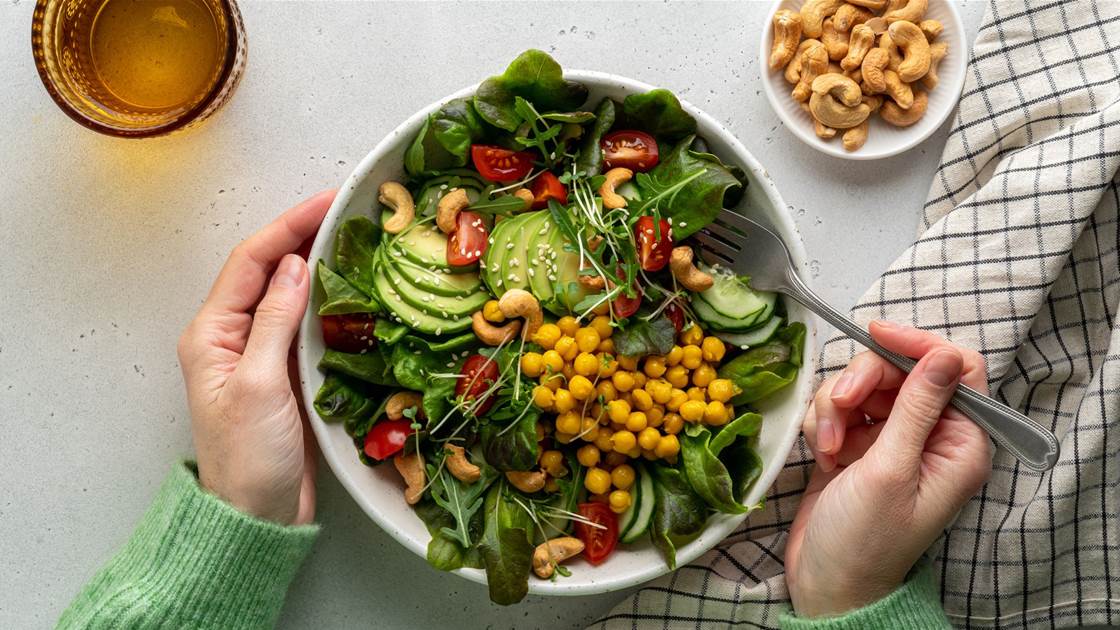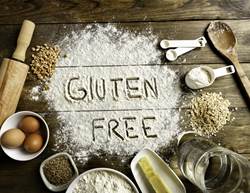Most Aussies don't eat enough fibre, according to Nutrition Australia. Add in popular diets that are intentionally low in carbohydrates (like the keto diet) which cut out bread, oats, and even some fruits and vegetables, and you’re at an even higher risk of not meeting your daily fibre needs. But a diet rich in foods high in fibre, even if they’re low-carb, can help you reach all of your nutrition goals. “Most healthy adults should aim for 25 to 38 grams of fibre per day,” says dietitian Marisa Moore.
Not sure if you’re eating enough fibre? Other than tracking your meals, Moore says the tell-tale sign of a low-fibre diet is constipation or feeling hungry shortly after eating a low-fibre and low-protein meal. But before you start adding all the fibre-rich foods to your plate, Moore suggests doing so gradually. “Too much fibre too fast can lead to bloating, gas, abdominal pain, and other gastrointestinal issues,” she warns.
Benefits of Fibre
“Fibre plays a number of key roles in health,” says dietitian Kate Scarlata, and author of The Low FODMAP Diet. From regulating blood sugar and cholesterol to supporting the immune system and keeping bathroom visits regular, Scarlata says feeding your gut with fibre can have a major impact on your overall health. It just so happens to be the favored food choice for your gut microbes. Without it, those microbes snack on other undigested food (think: protein), which could leave you constipated, with smellier farts, and bloated (lovely!). On top of that, research suggests that loading up on fibre may lower your risk of colorectal cancer, a disease that’s increasingly popping up in younger people. “High fibre diets have been linked to reduced risk for chronic diseases such as type 2 diabetes and heart disease, as well as better gut health and weight management,” Moore adds. “Given all the potential health benefits, maintaining a high-fibre diet is an important part of overall health and quality of life.” Ready to set your plate up for success? Try these dietitian-approved foods high in fibre.
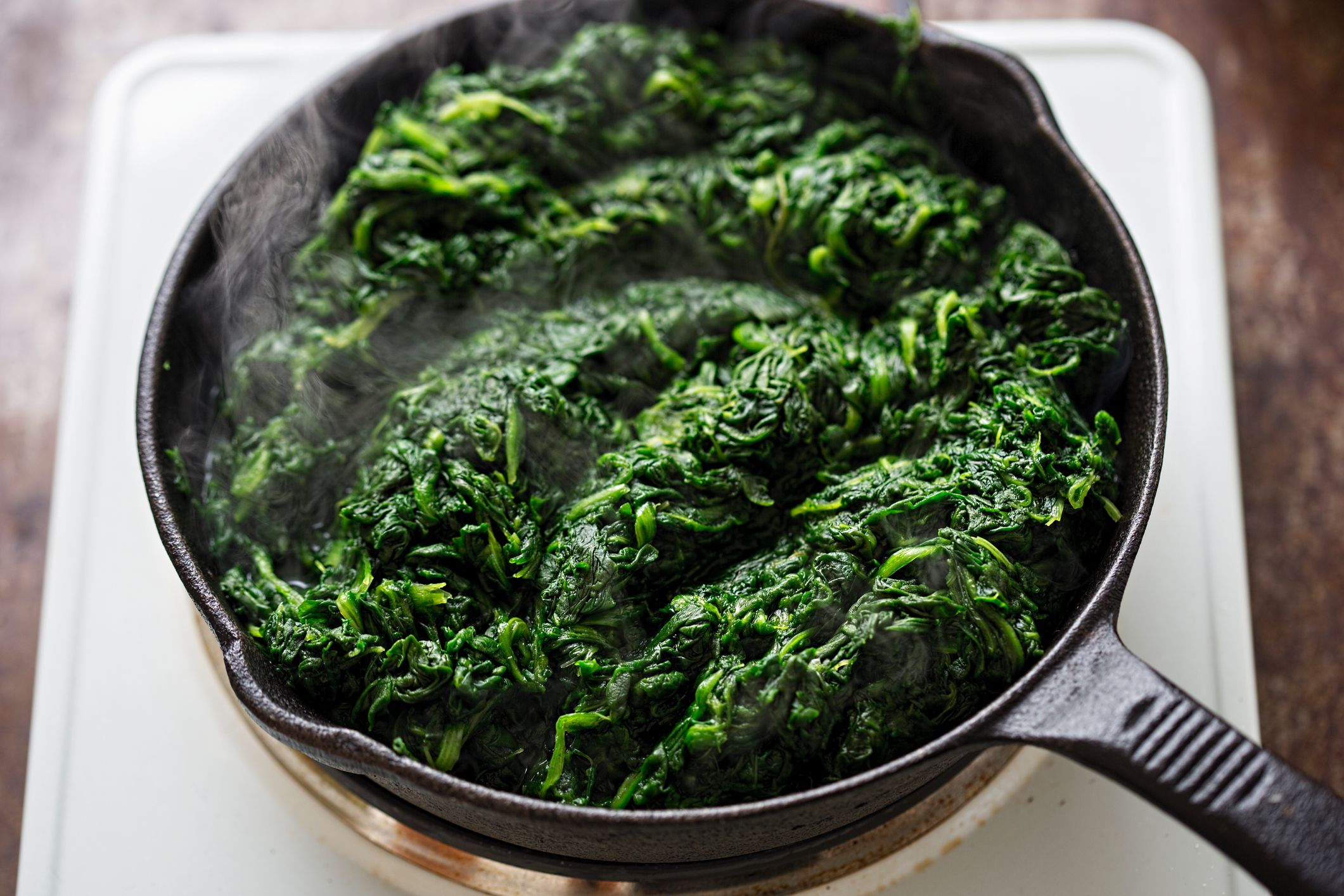
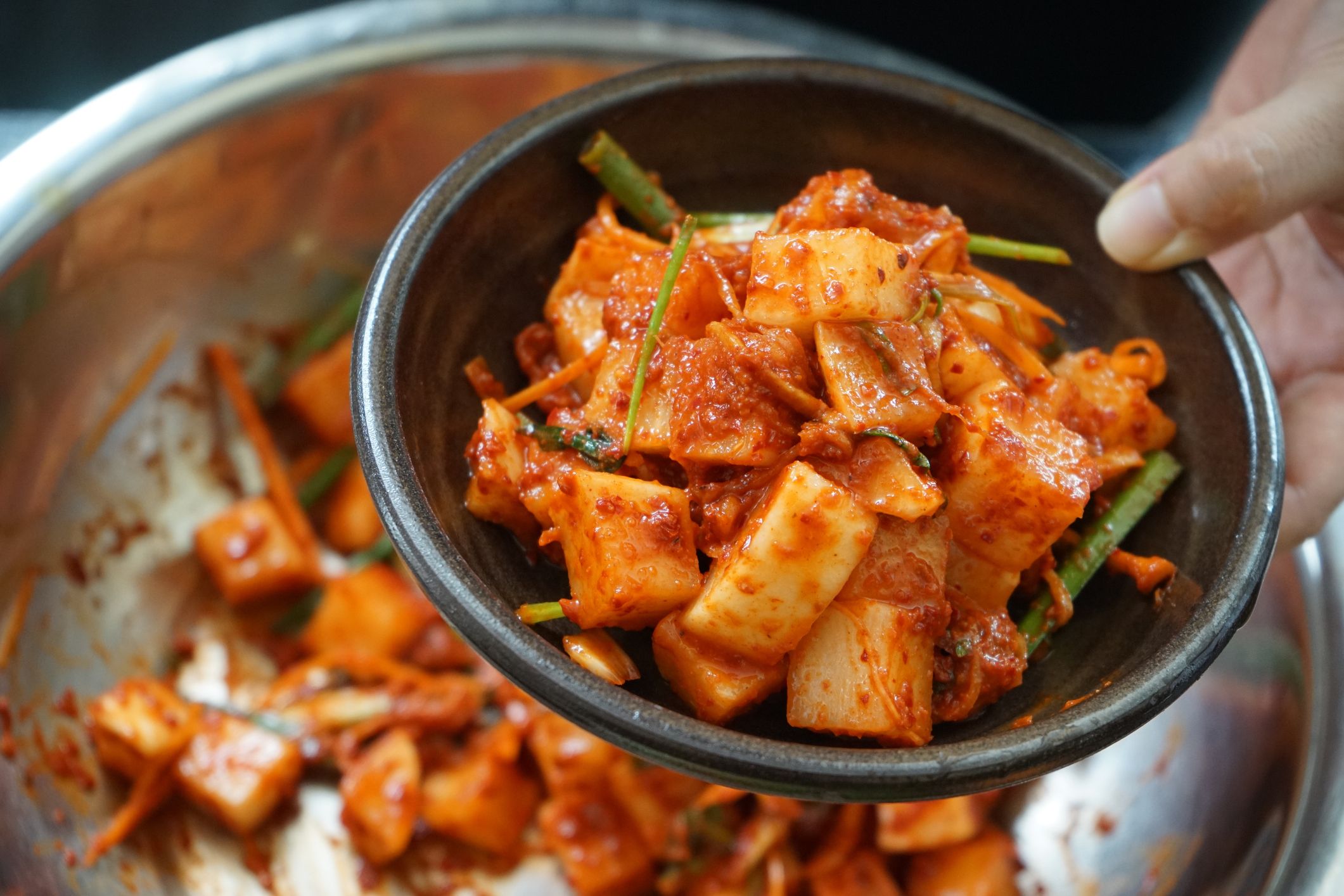
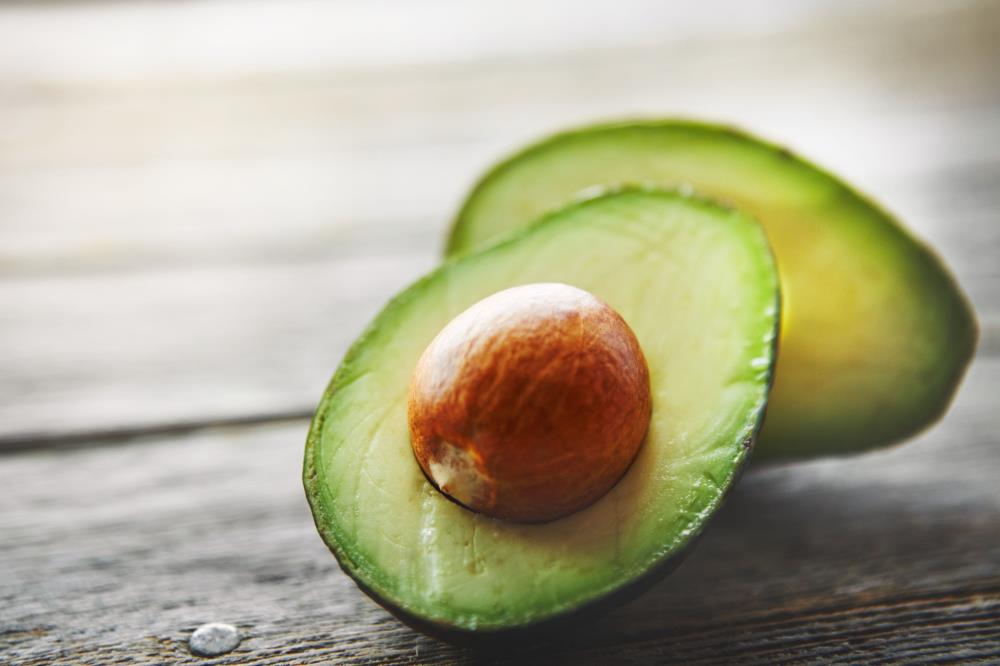
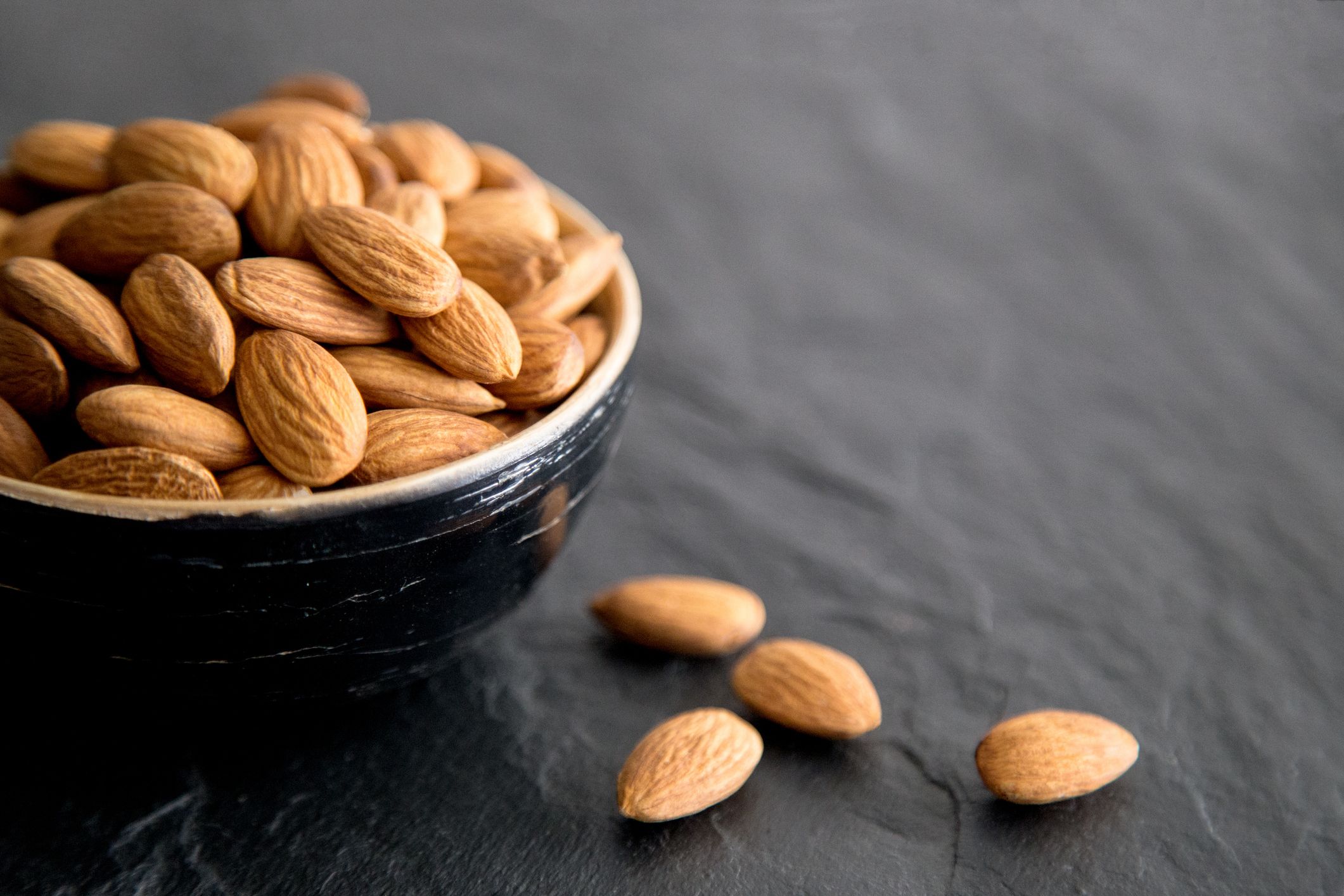
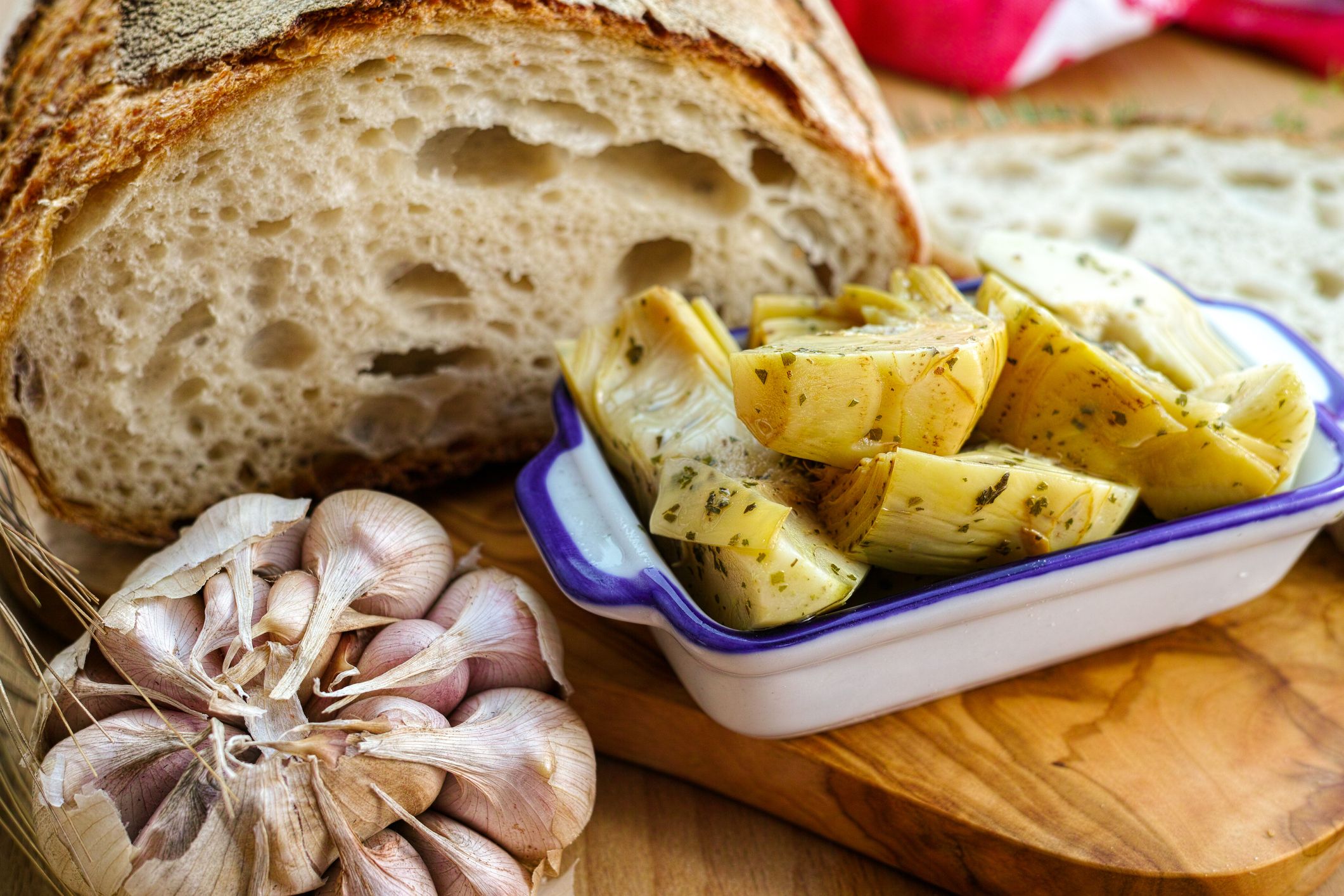
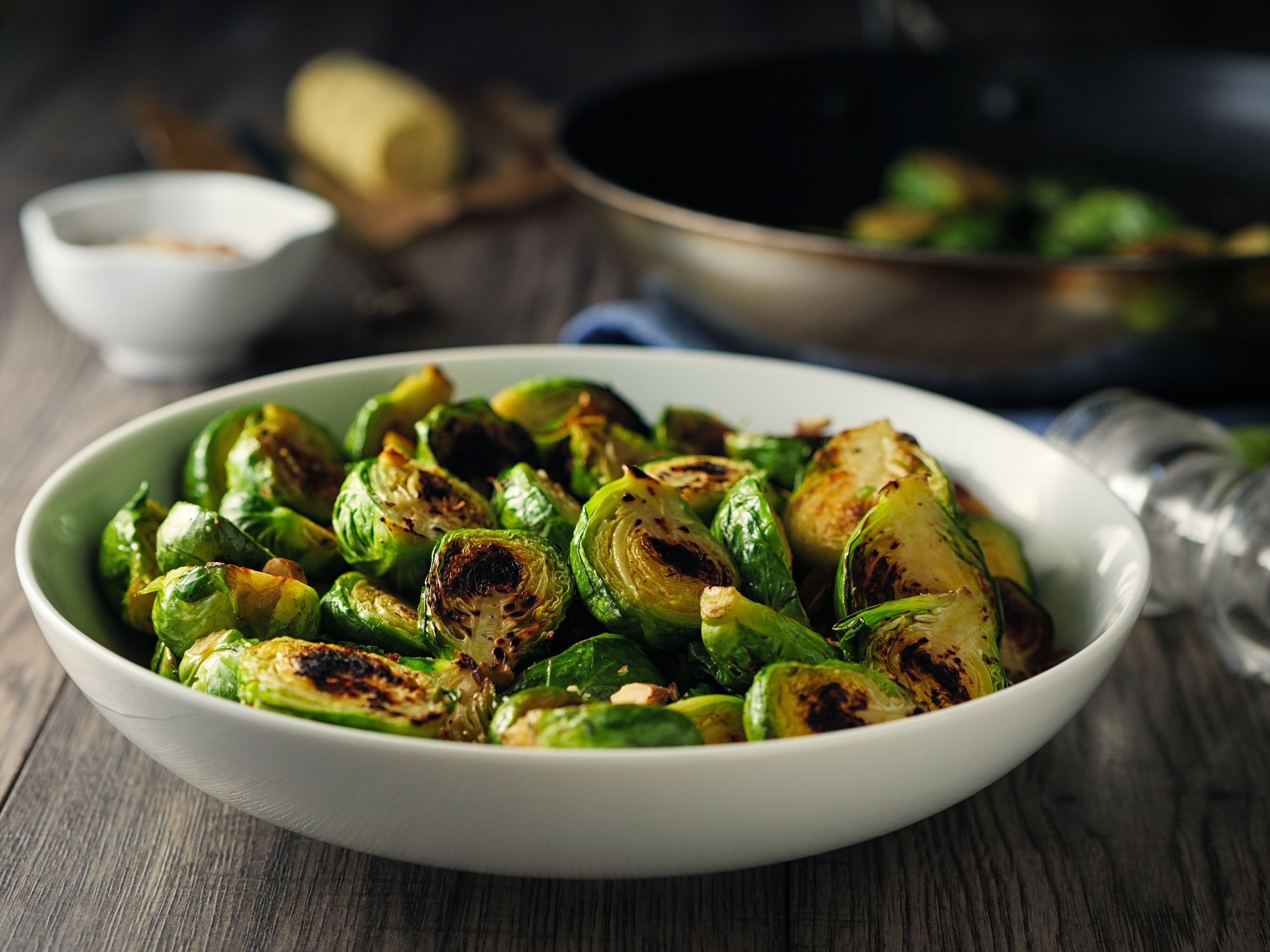
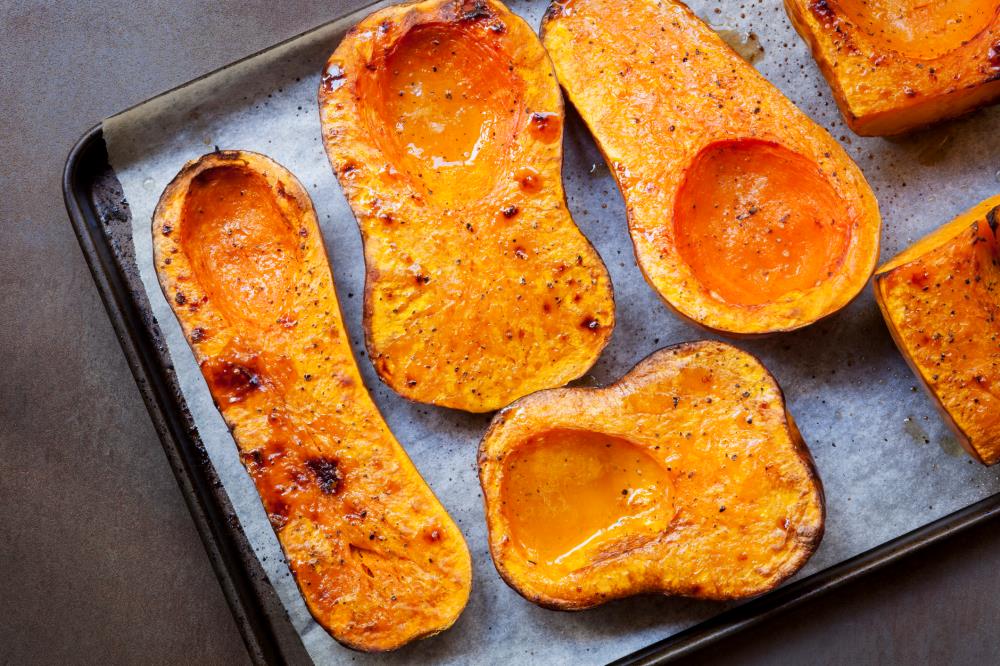
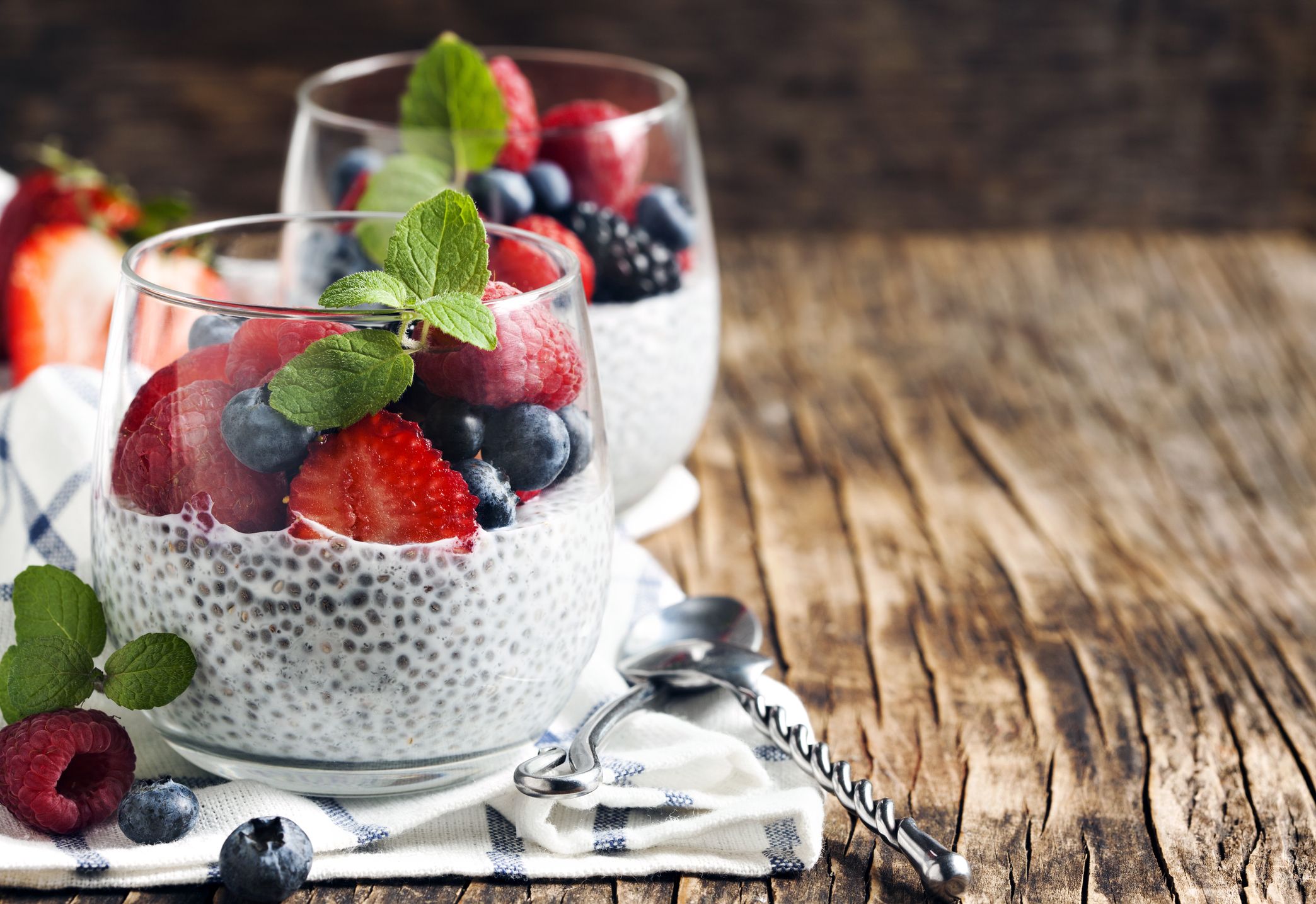

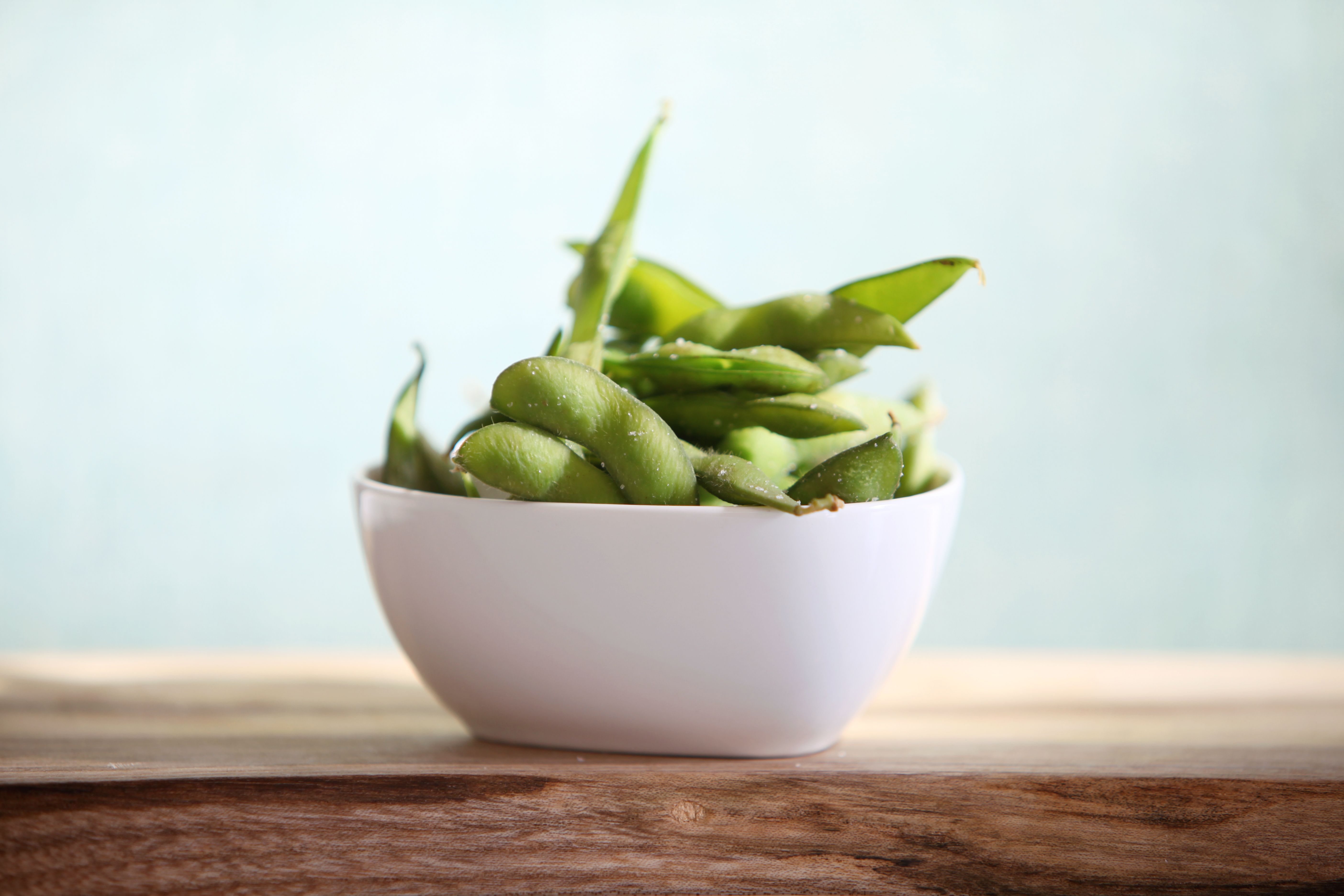
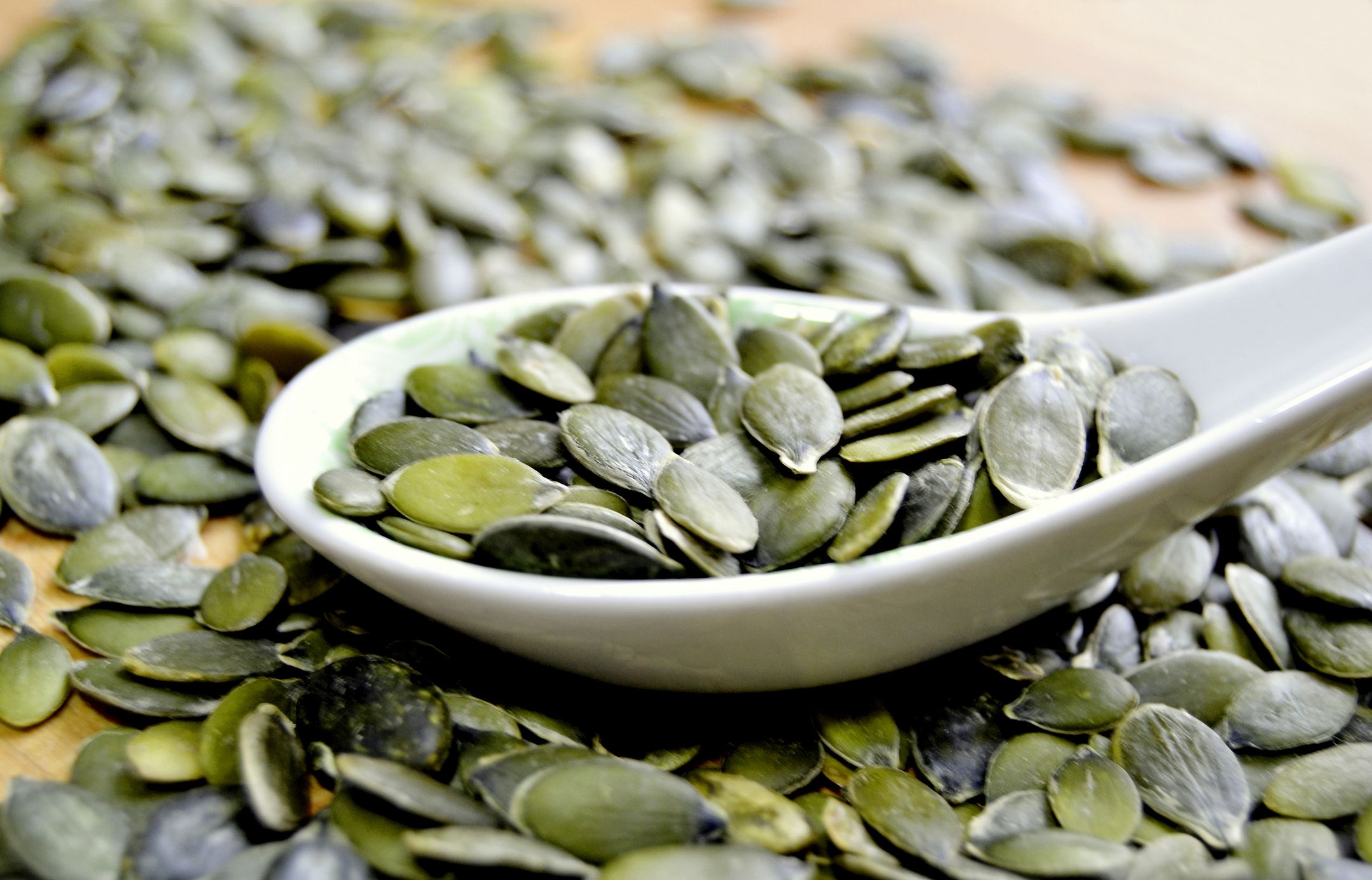
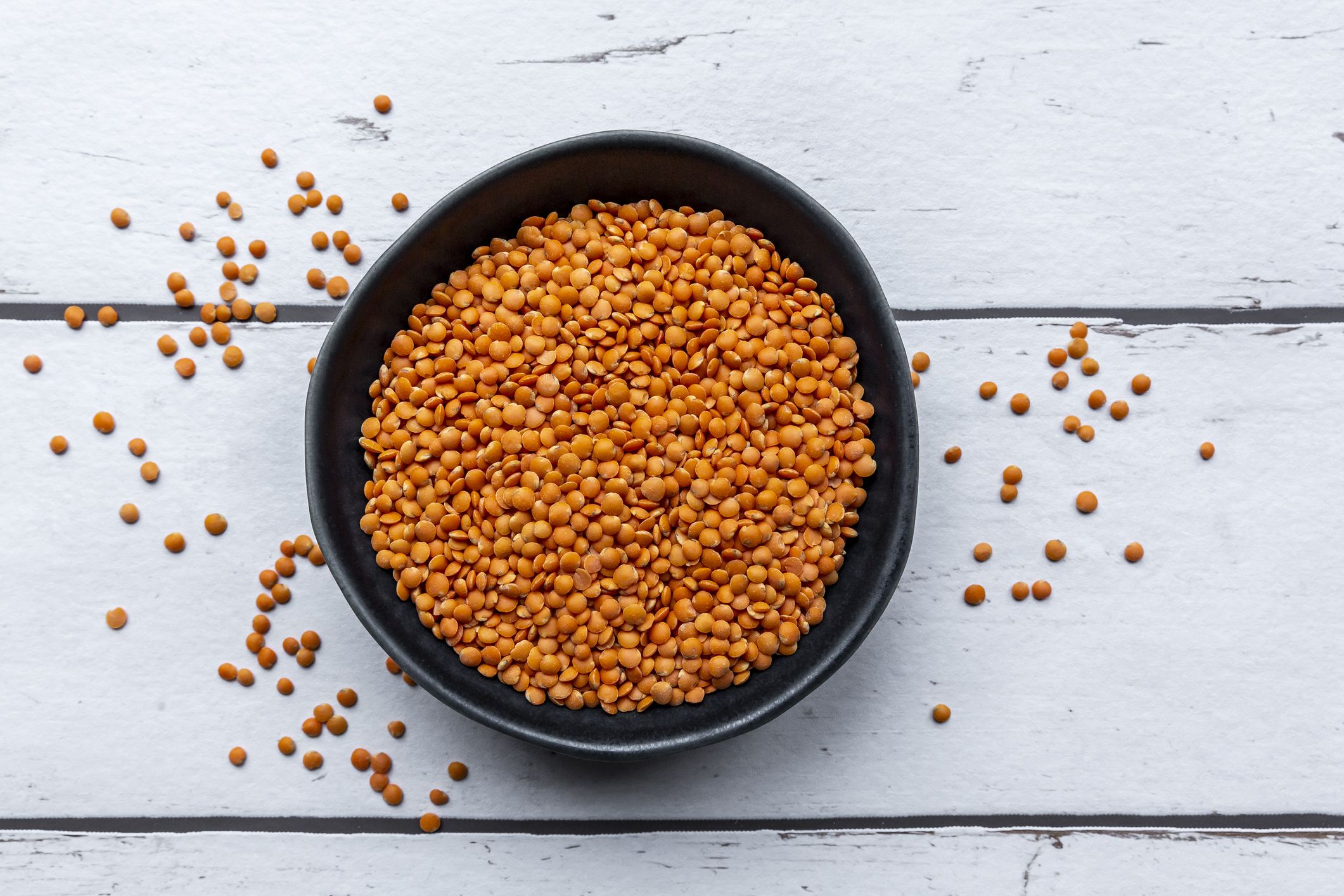
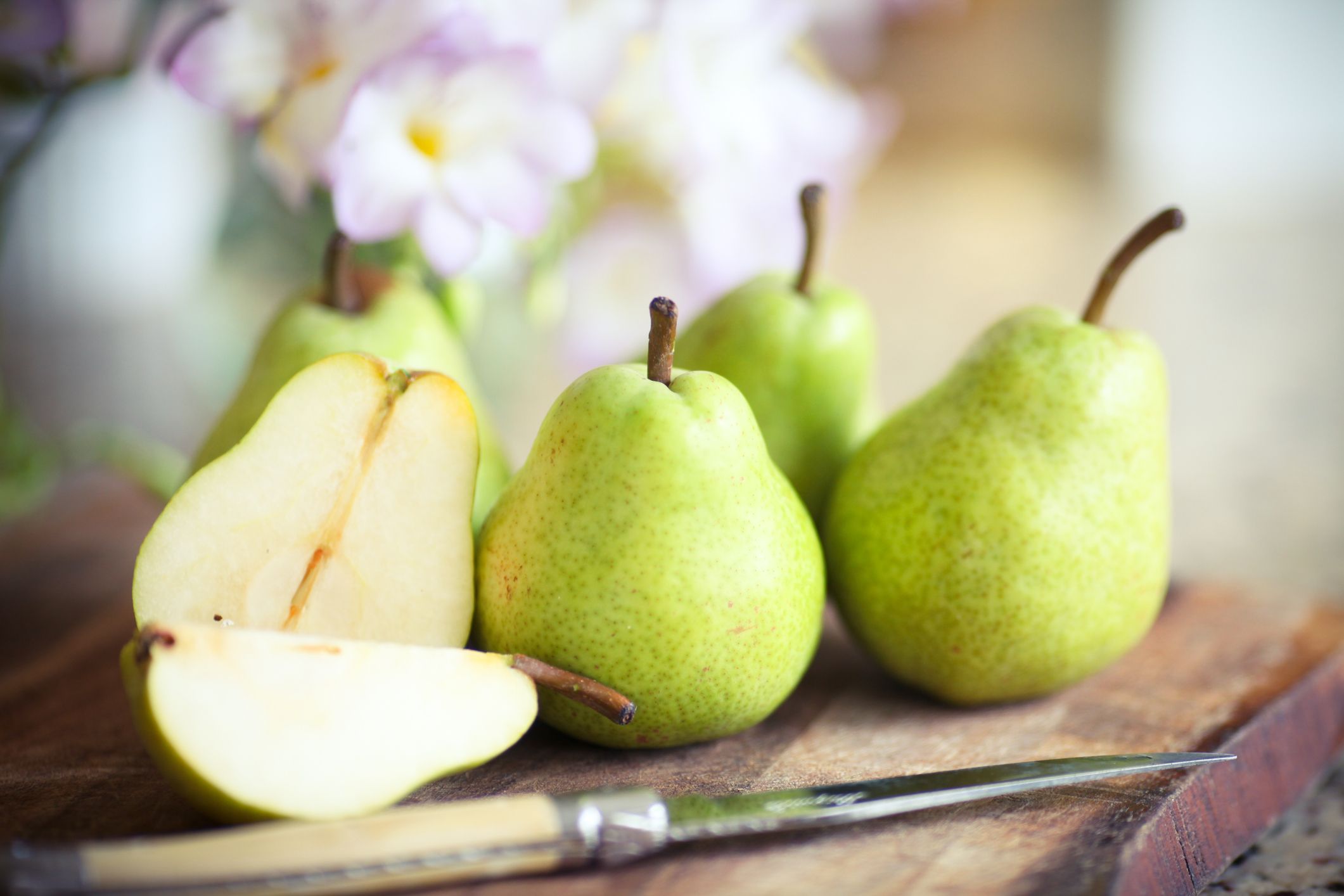
Natalia Gdovskaia ©Getty Images
1) Frozen spinach
1 cup: 4 g carbs, 3 g fibre
“Popeye had it right. Spinach is a nutritional powerhouse rich in many nutrients including lutein and zeaxanthin, two key phytonutrients that are important for eye health,” says Scarlata. It’s also low in calories, high in fibre, folate, and iron and versatile enough to eat any time of the day. Fresh spinach is definitely delicious, frozen spinach often allows you to pack in more nutritious goodness per cup. Plus, you don’t have to worry about the frozen kind wilting in your fridge.
Fill up: Toss the dark, leafy greens into a smoothie. Mix in your favourite fruits and a protein source (a nut butter, for example) for a well-balanced sip. Add a little bit of lemon—you’ll absorb more of the iron from the spinach, Hunnes notes.
Natalia Gdovskaia ©Getty Images
2) Kimchi
1 cup: 4 g carb, 2.4 g fibre
This East Asian food has some serious health benefits. Fermented foods are a true boon to the GI system, serving as a good food source of probiotics and prebiotics for the microbes in your gut, explains Hunnes.
Fill up: Since kimchi gives a nice tang to whatever you’re eating, use it as a condiment with scrambled tofu or eggs, on a vegan burger, or even with vegetable sushi, suggests Hunnes.
Natalia Gdovskaia ©Getty Images
3) Avocado
1/3 medium fruit: 5 g carbs, 4 g fibre
“Avocado is the only fruit that provides a nice dose of heart-healthy fats and many minerals and vitamins, too,” says Scarlata.
They’re also filled with phytonutrients that improve eye health and might decrease cancer risk, explains dieititan Brian St. Pierre.
Fill up: Add to wraps, sandwiches, smoothies, salads, or omelets. Smash avocado onto whole-grain toast for a flavorful, nutrient-dense, and fibre-rich breakfast. Top with a poached egg for a protein boost, suggests Scarlata.
Natalia Gdovskaia ©Getty Images
4) Almonds
1/4 cup: 8 g carbs, 4.5 g fibre
These popular nuts are a trifecta of fibre, plant-based protein, and satiating healthy fats—a good snack pick whether you’re at home or on the go. (Did we mention they’re also full of heart-healthy fats, zero cholesterol, zero sodium, and are a great source of vitamin E & magnesium?)
“Nuts such as almonds and pistachios are great for snacking and adding tor recipes for a dose of good fats and magnesium, too,” Moore says.
Fill up: You could snack on them solo, but Hunnes favors enjoying them as nut butter. Make your own, it’s simple: “Get a blender and simply pulverise them!” she says.
Natalia Gdovskaia ©Getty Images
5) Artichoke hearts
1/2 cup boiled: 9.5 g carbs, 4.8 g fibre
It might not be the most inviting vegetable (how do I eat it?) but artichokes are packed with antioxidants and phytonutrients that fight free radicals and are even linked with reducing cancer risk, says Friedman. Because of their high fibre content, they won’t drastically raise blood sugar (a good bet for people with diabetes), and a healthy dose of iron and vitamin B12 makes them an important pick for vegetarians, too.
Fill up: Eat them whole with a squeeze of lemon or serve marinated as an appetizer or side when you’re low on veggies, says Friedman. You can also find them canned or jarred for easier eating.
Natalia Gdovskaia ©Getty Images
6) Brussels sprouts
6 Brussels sprouts: 8 g carbs, 3 g fibre
These easy-to-make cabbage-like sprouts are a solid source of vitamins C and K, folate, and beta-carotene (the precursor to vitamin A), says Scarlata.
Fill up: Cut the sprouts in half, trim the ends, wash and dry them, drizzle with olive oil, add salt and pepper, and roast them up until they’re slightly browned and crispy. Voila!
Natalia Gdovskaia ©Getty Images
7) Butternut squash
1 cup: 10 g carb, 2.2 g fibre
Packed with water and, per serving size, a respectable amount of fibre—both good for satiation—hearty squash will fill you up while also providing vitamin A from beta carotene, says Hunnes.
Fill up: Committed to low-carb but craving pasta? A nice winter Spaghetti squash does the trick.
Natalia Gdovskaia ©Getty Images
8) Chia seeds
2 tablespoons: 12 g carbs, 10 g fibre
Onions, garlic, and beans are rich in rapidly fermentable fibers—the kind that make you, well, you know the saying. Chia seeds pack an impressive amount of fibre but are also low in the rapidly fermentable kind that makes you gassy, says Scarlata. Plus, they provide a boost of bone-building calcium and magnesium, too.
Fill up: You can add chia seeds to your smoothie or oats for a quick fibre boost, but Scarlata suggests making homemade chia pudding for a sweet treat. Mix 1/2 cup chia seeds and 1 1/2 cup of a milk of your choice, 1 teaspoon vanilla extract, and 2 tablespoons honey. Seal the ingredients in a jar, shake, and store it in the refrigerator (shaking occasionally in the first four hours) for six to eight hours.
Natalia Gdovskaia ©Getty Images
9) Raspberries
1 cup: 14 g carbs, 8 g fibre
You can get one-third to one-fourth of your daily fibre needs from this fruit. Plus, the little red berries are rich in antioxidants and anti-inflammatory compounds, which may help boost fat-burning and decrease cancer risk, says St. Pierre. Even more: While all fruits and veggies contain phytonutrients, many have the most beneficial types in small amounts, so you’d need to eat a lot to benefit. Raspberries are an exception. “They contain these beneficial compounds in amounts large enough to cause a host of beneficial body responses,” he explains.
Fill up: Toss them in smoothies, sprinkle them on cottage cheese or Greek yogurt, or simply eat them on their own.
Natalia Gdovskaia ©Getty Images
10) Edamame
1 cup: 12 g carbs, 5 g fibre
We could all use more plant-based protein. “They’re healthy for our body, our gut (fibre!), and for the environment as they produce significantly less greenhouse gases than the equivalent amount of protein in meat,” says Hunnes. Edamame is chock-full of protein with 8 g per cup.
Fill up: Snack on ‘em like nuts if they’re roasted, in a salad steamed, in a soup, or as hummus. “Just whirl it up in a food processor with garlic, good olive oil, and perhaps even artichoke hearts,” suggests Hunnes.
Natalia Gdovskaia ©Getty Images
11) Pumpkin seeds
1/2 cup raw: 16 g carb, 12 g fibre
With a chewy texture and a subtly sweet flavour, pumpkin seeds are arguably tastier than other seed variations. They’re also rich in essential minerals (manganese, magnesium, phosphorus, copper, and iron) and studies have linked pumpkin seed oil with heart health and lower blood pressure, says Friedman.
Fill up: Buy them in bulk then portion what you need, suggests Friedman. “I love to toast pumpkin seeds and add them to salads. They’re great in a homemade trail mix or atop morning yogurt or oats,” she says.
Natalia Gdovskaia ©Getty Images
12) Lentils
1/2 cup cooked: 20 g carbs, 8 g fibre
Lentils contain 9 g of protein per serving, along with a wide array of vitamins and minerals. “They contain such a rich abundance of fibre and minerals, like folate and magnesium, that they help heart health in a whole bunch of ways,” says St. Pierre, such as improving blood fats and relaxing blood vessels.
Moore says lentils are a great protein option for both vegans and omnivores, but other legumes like beans and peas are an equally great source of fibre, plant protein, and magnesium if lentils aren’t your thing.
Fill up: They’re a great alternative to beans, as they don’t have to soak and they cook quickly. “My favourite way to eat them is in a lentil stew, but they can be a fantastic starchy side, mixed with less-fibrous grains like quinoa or rice, or used as salad toppings,” says St. Pierre.
Natalia Gdovskaia ©Getty Images
13) Pears
1 medium pear: 27 g carbs, 6 g fiber
Too sugary, you say? An incredible fibre content paired with potent phytonutrient content make pears a healthy choice despite the sugar, says St. Pierre.
Fill up: Eat them whole, add to smoothies, or top Greek yogurt or oats. Pro tip: Keep the skins on! Recent evidence suggests that pears can help decrease risk of type 2 diabetes more than other fruits and vegetables, perhaps due to the types and amounts of phytonutrients in the skin, St. Pierre says.
